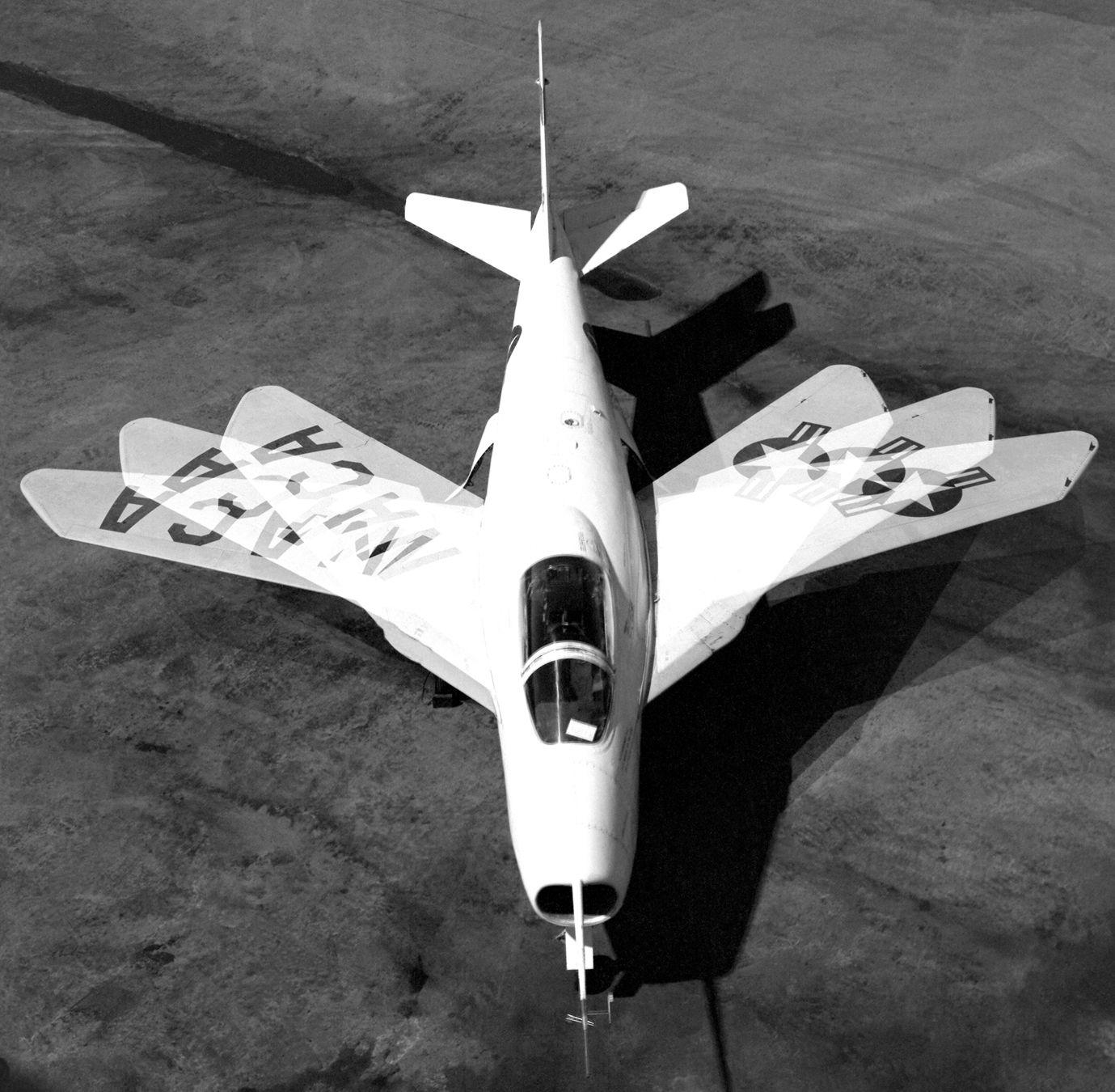
Why did Variable sweep disappear and is there any chance of a return?
Variable sweep has largely fallen out of favor in the aviation world. With no new designs including the new technology it wouldn't be far off to believe that this technology was dead. But why did it die?
Just as variable geometry was a solution to the problems of the technology of the day, modern tech provided new solutions. As knowledge of aerodynamics and physics increased through the years, new designs were created to be as efficient as possible for their roles.
Engine technology has also caught up, today’s jet engines have much higher thrust than older engines by a wide margin to the point that they can easily push an aircraft past the sound barrier without the need to change the angle of the wing to allow it to reach those speeds.
Airfoil and wing design has evolved with time as well, the technology exists to design a wing that has excellent performance at high and low speeds and with the advent of computers controlling the finite details of flying, that removes that toll on the pilots, aircraft nowadays have greater controllability in typically unstable flying conditions which replaced the need to change the sweep of the wing to an angle that would be more stable.
To put it in shorter terms, variable sweep is no longer used because advancements in aircraft design and technology replaced the need for variable sweep without any of the drawbacks that variable sweep has.
While variable sweep has largely vanished from modern aviation that doesn't mean that the technology is dead or forgotten. The theoretical benefits of being able to change the angle of a wing in mid flight will always be there enticing engineers.
In order for variable geometry to come back in its basic form of angling a wing the machinery required for that would need to take up less space, be less heavy, require less maintenance, and either would need to find a way to be stealthy or forever be prevented from being on an aircraft requiring low radar cross section.
This may not be entirely impossible, in the past Lockheed proposed a naval version of its F-22 Raptor with variable sweep wings. The program was cancelled and only a few wind tunnel models were made, but the design implies that it might be possible or that Lockheed was confident that it could find a way to make a variable sweep aircraft with stealth capability.
Even if stealth was impossible it could still be a viable option for cargo or other aircraft not requiring stealth. The prospects of a heavy cargo aircraft being able to take off from a short field while also being capable of high speeds is an enticing one.
*concept for a supersonic airliner
However all of that is if variable geometry saw no real improvement besides basic machinery improvements, variable geometry has seen a few rebirths in new small projects.
With new improvements in technology, who can tell where aviation will be in the next couple of decades.
Maybe variable sweep will see a revival and become the norm for aviation.
Maybe the tech will remain a thing of the past and never see the light of day again.
We will have to just wait and see what will come in the future.



.jpg)


_jfif.jpg)


